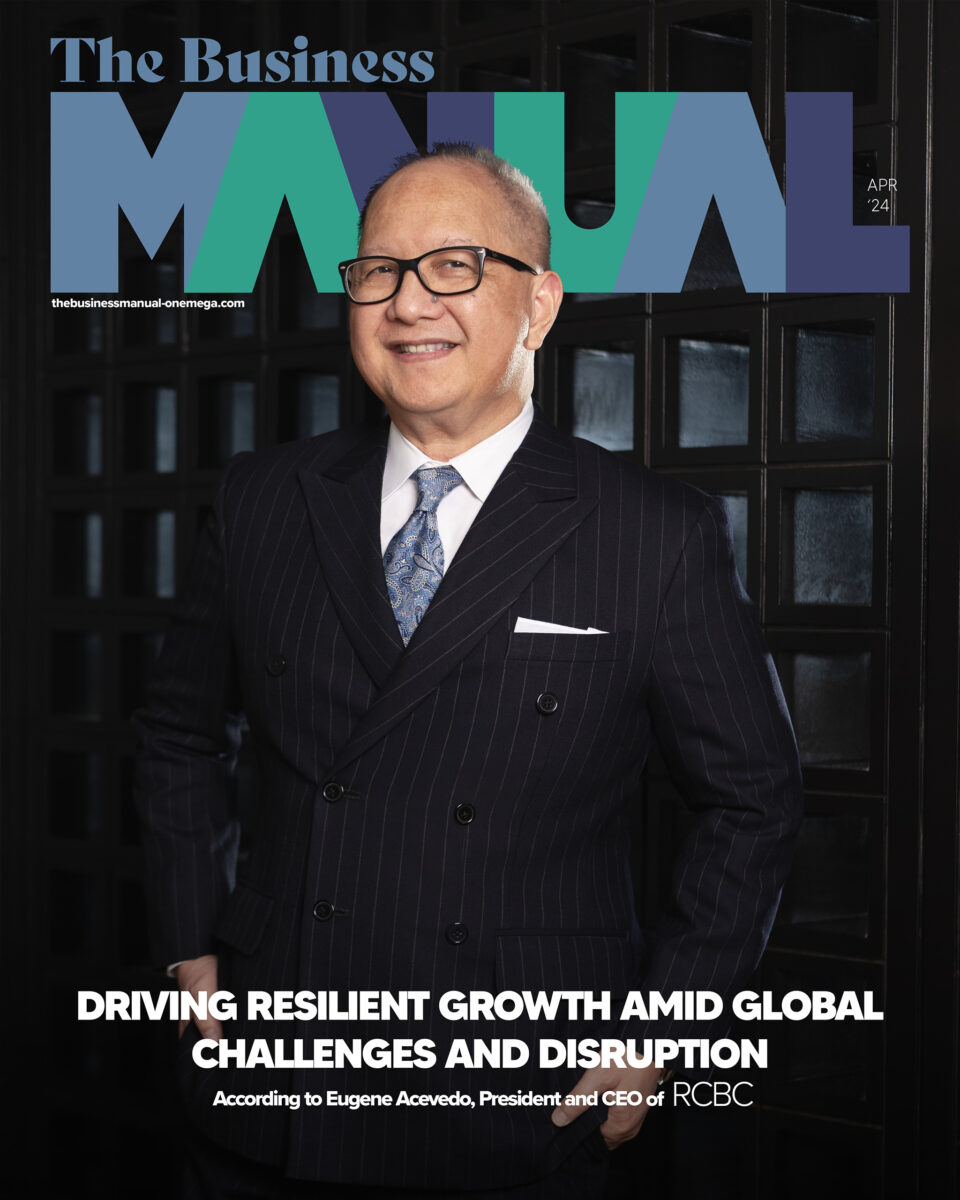Digital Marketing 101: How to Use the PESO Framework

The PESO framework refers to the different marketing channels that businesses can leverage. Learn how you can apply each one to boost your brand presence online.
Your company’s strong marketing arm establishes a strong market presence and connects you with your target audience. Given how this discipline centers on how to satisfy consumers and instill brand loyalty in the long run, it is important that companies become wise in their approaches. This is because over 75% of marketers say their digital marketing efforts directly affect sales, and 91% are confident that their platform investments impact the company’s value.
One of the ways businesses can stand out is by implementing marketing strategies that can make them stand out from their competitors. These marketing strategies refer to the overall game plan of brands on how they aim to tap their prospective consumers into becoming customers.
There are different marketing frameworks that can be used for businesses, but business owners need to be strategic about choosing one that matches what the brand needs. With that, we tackle the PESO Framework (Paid, Earned, Shared, and Owned), which refers to the different kinds of media channels that businesses can leverage for their brands.
By understanding this framework, it will be easier to develop and execute a comprehensive communications strategy that covers different media forms.
How the PESO Framework Came to Be
With the fast adoption of digital marketing and social media, the Paid-Earned-Owned model was dissolved around 2008 as there were changes in the publishing and advertising landscape. This is because social media allows brands to share content among their connections, making it less fit with the traditional model being used.
But in 2014, Gini Dietrich summed up the term PESO when she integrated the concept of shared media, which she discussed in further detail in her book: Spin Sucks. Through this, advertisers were shown a different perspective on how they can monetize their content through this new framework.
In the book, she elaborated a solid framework for this model, which later became known and widely accepted in the industry. Through this framework, people learned how each channel works individually and how well they can complement each other.
What is the PESO Framework?
To date, PESO has become a well-known holistic model that emphasizes how practitioners don’t have to be experts in all of the mentioned fields—rather, it shows that combining the expertise of different marketers can help strengthen the brand’s entire marketing strategy.
With that, we delve into what each component stands for:
Paid Media
Paid media, by its very name, is a type of media that your company would have to spend some money for in order to extend reach and visibility towards a specific audience. Here, businesses have complete control of what they wish to achieve since they will be paying for it.
Being monetary in nature, paid media requires allocation from company funds. But by investing in this type of media, businesses can drive better awareness and fuel more conversions that will establish their brand even more.
Examples of paid media include television commercials, media placements, click campaigns, paid influencer campaigns, and boosted content.
Earned Media
Earned media help brands acquire publicity without paying for endorsements. As its name suggests, the media coverage of this type cannot be controlled by the company, as it will depend on the one producing said media.
This type of media is all about relationship building and can include being mentioned or having featured Instagram or Facebook stories about your brand. Given that this is beyond your discretion, the challenge lies in getting positive feedback from other people. This is because if the feature happens to be negative, it can be damaging instead of being helpful to your brand’s success.
Some examples of these include influencer-driven features, guest posts, backlinks, or viral marketing.
Shared Media
Shared media is the new model that was introduced when the PESO framework was conceptualized. This is mostly relevant in today’s digital marketing era as it comprises two major parties—the brand that creates the content and a shared channel that houses the content.
Here, marketers have limited control over their content after they publish. This imposes the importance of being careful about what’s being posted to avoid the risk of being misjudged or misunderstood.
Examples of these would be posts on LinkedIn, Instagram, or Google.
Owned Media
Owned media refer to the content and platform that is owned and created by the brand. Here, marketers have full control over their posts and content on their company-owned websites, domains, or channels. This may come in the form of blogs and on-page content that they produce.
This, however, does not apply to posts on the company’s social media accounts since those are considered third-party platforms—rather, those would fall under shared media.
How to Effectively Use the PESO Framework
After knowing each element in the PESO framework, it is important to understand how to maximize its potential. To do this, you must determine the points in which the model intersects with one another so it can work smoothly.
Here are two common ways on how you can use it efficiently:
Option A
- Start by creating content that you can publish on your site and landing pages. This will fall under “Owned Media.”
- Next, share it on your social media accounts. This then becomes your “Shared Media.”
- If you’re not satisfied with your post’s performance, you can run some paid campaigns or pay for some advertisements to boost it. By putting your money into it, this will work as “Paid Media.”
- When your target market finds your content useful, they can start sharing these on their respective accounts. This will help amplify your brand’s reach and visibility. Moreover, it then becomes “Earned Media.”
Option B
- Start by creating “Owned Media” to lay the foundation of what you want your target customers to know about your brand.
- Then, you can venture into “Paid Media” by allocating some funds for advertisements or campaigns that can leverage brand reach.
- Diversify into “Shared Media” by harnessing real reviews or some good feedback from forum threads.
- With consistent efforts, you can grab the attention of publications or other content creators to promote your brand through “Earned Media”. This is beyond your discretion and can only happen organically as your brand grows.
Choosing what method works best for you depends on your resources and skills. Regardless of what works best for you, just keep in mind that it’s important to diversify into all aspects of this framework.
Why You Should Use the PESO Framework
There are many reasons that kept the PESO framework relevant even years after it was first introduced. After all, it:
- Helps marketers generate awareness about their brand.
- Ties different objectives together to achieve a common goal.
- Targets marketing goals holistically.
- Widens the brand reach.
- Establishes trust among existing and potential customers.
By using a marketing framework like the PESO model, it becomes easier for businesses to set their goals and focus on what route they wish to take. With a proper system and plan in mind, businesses can be more aligned in the steps they need to take in spreading the word about what they offer.
More so, different marketing frameworks can also help determine areas of strengths and weaknesses so that it can be easier to determine which platforms need more focus.




